Shortwave Radiation
Atmospheric Transmission & Surface Reflection
Today’s learning objectives
Describe how radiation interacts with mass.
- Understand how can we determine the transmission of short-wave radiation through the atmosphere.
- Describe how we can quantify and model the short-wave spectral properties of a surface.
- Explain how a surface’s reflectivity is affected by surface geometry.
- Understand how the sun’s position relative to an object affects reflectivity.

Mass-Radiation Interactions
\[ \zeta_\lambda + \Psi_\lambda + \alpha_\lambda = 1 \qquad(1)\]
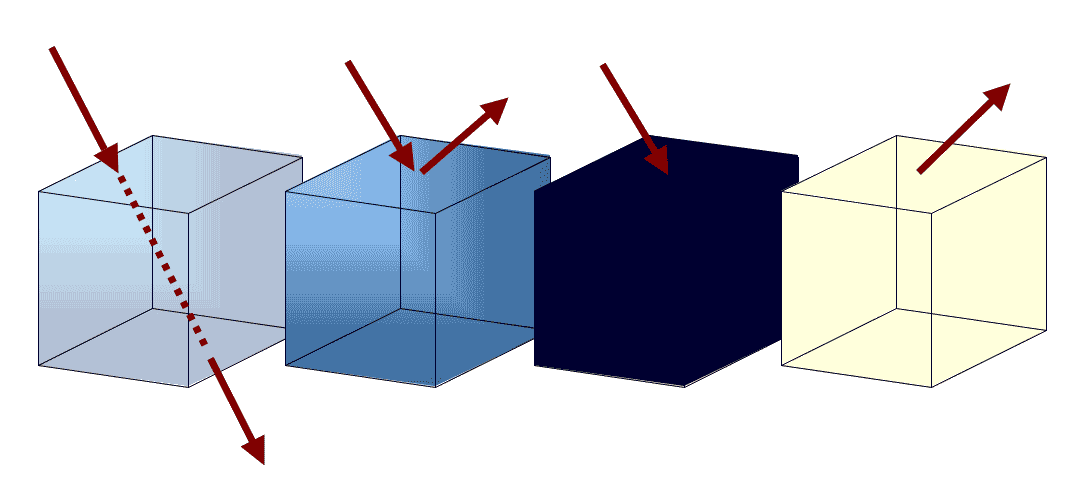
Transmission (\(\Psi_\lambda\)), Reflection (\(\alpha_\lambda\)), Absorption (\(\zeta_\lambda\)), Emission (\(\epsilon_\lambda\))
To calculate \(SW_\downarrow\) at Earth’s surface, we need to know the effect of the atmosphere in depleting solar radiation.
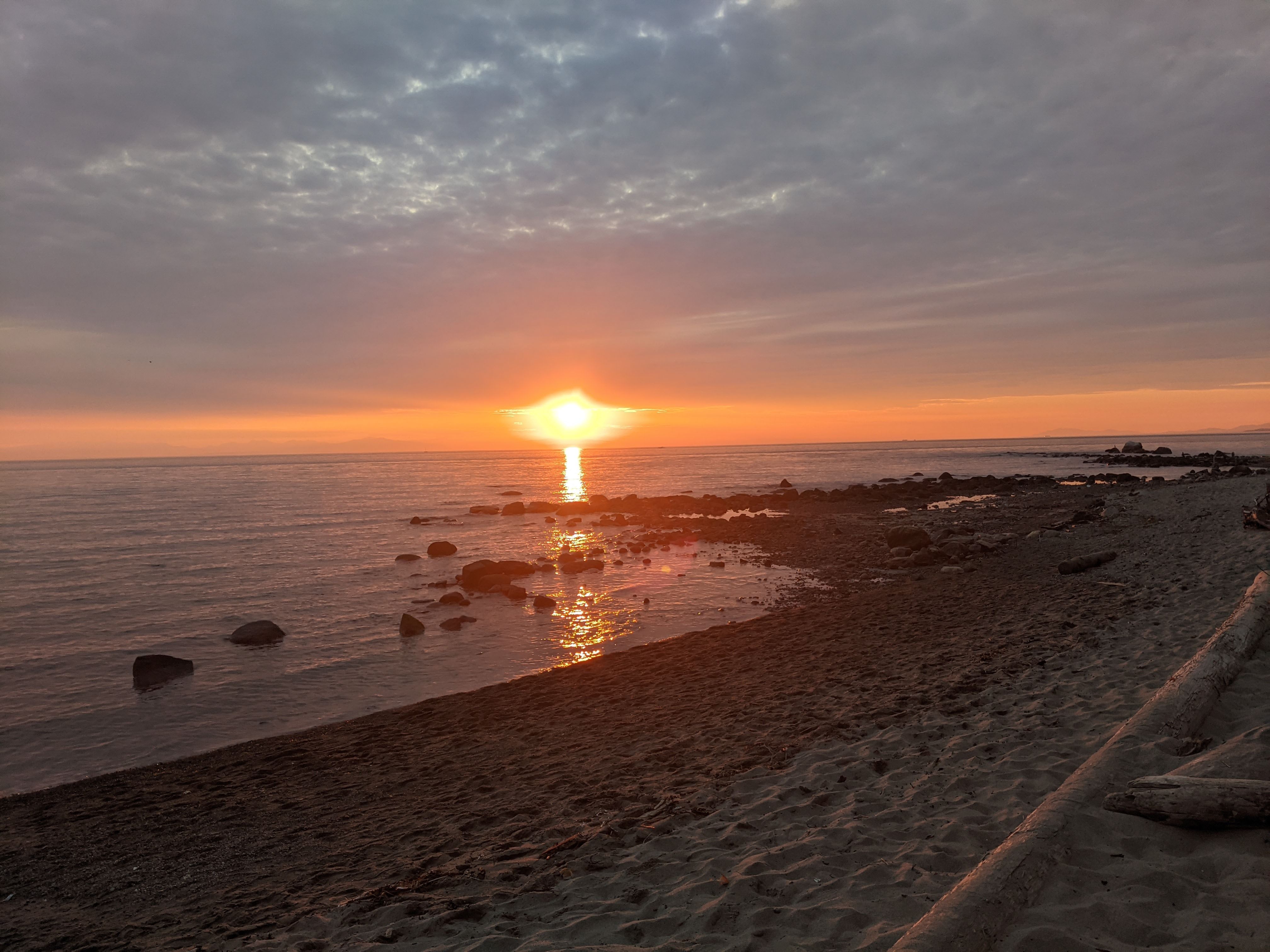
Planar angles
One radian (rad) is the angle which is subtended at the center of a circle of radius \(r\), by an arc of length \(r\).
- An arc of length \(s\) encloses an angle \(\phi = \frac{s}{r}\)
- The full circle (360\(^\circ\)) is \(2\pi r\)
- 1 radian = 57.3 degree
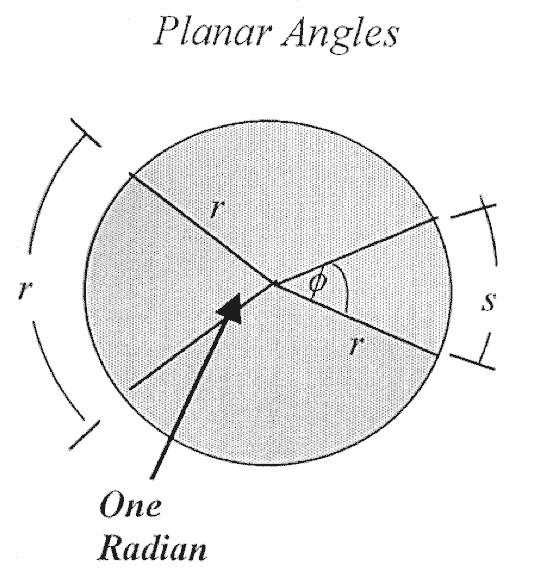
Solid angles
One steradian (sr) is the solid angle subtended at the center of a sphere of radius r by an area on the surface equal to r2
- An area \(dA\) encloses a solid angle \(d\omega = \frac{dA}{r^2}\)
- The full sphere = \(4/pi sr\)
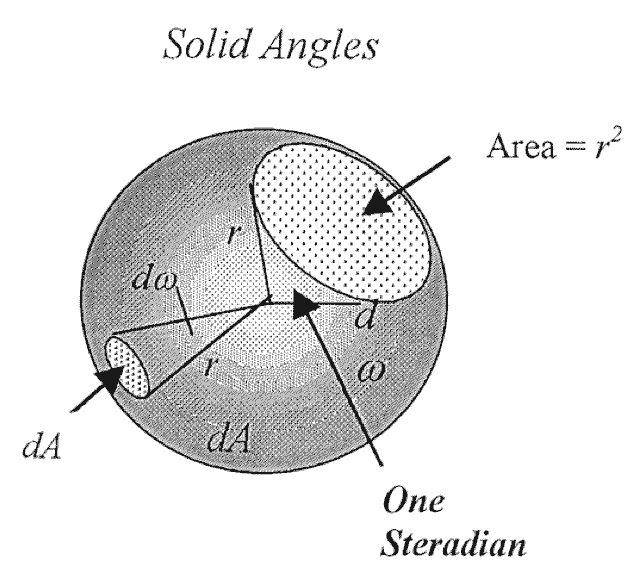
Solid Angles
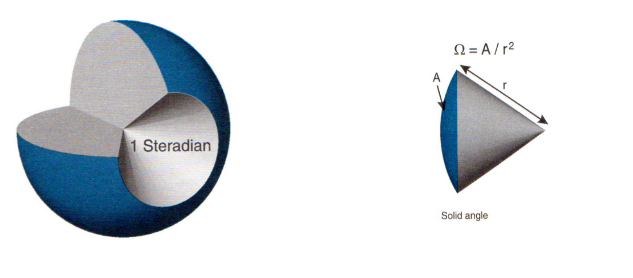
Definitions
Radiant intensity is the radiation flux per unit \(sr\) from a point source. The unit of radiant intensity is W sr-1

Irradiance is the total radiant flux from \(2\pi sr\) reaching a unit area of a given surface with units W m-2.
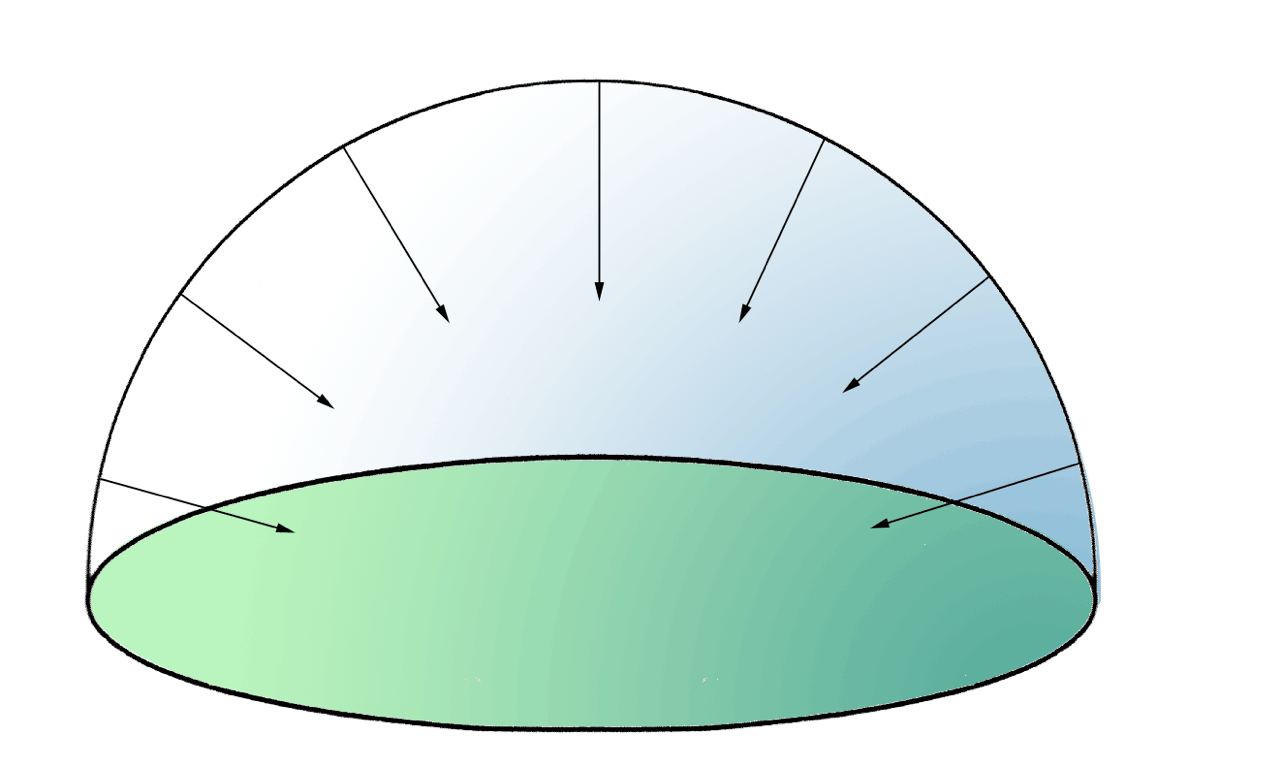
Definitions
Radiance is the radiation flux per unit solid angle per unit projected source area (\(\Delta A \cos(\theta)\)) of an area \(\Delta A\). Its unit is W m-2 sr-1

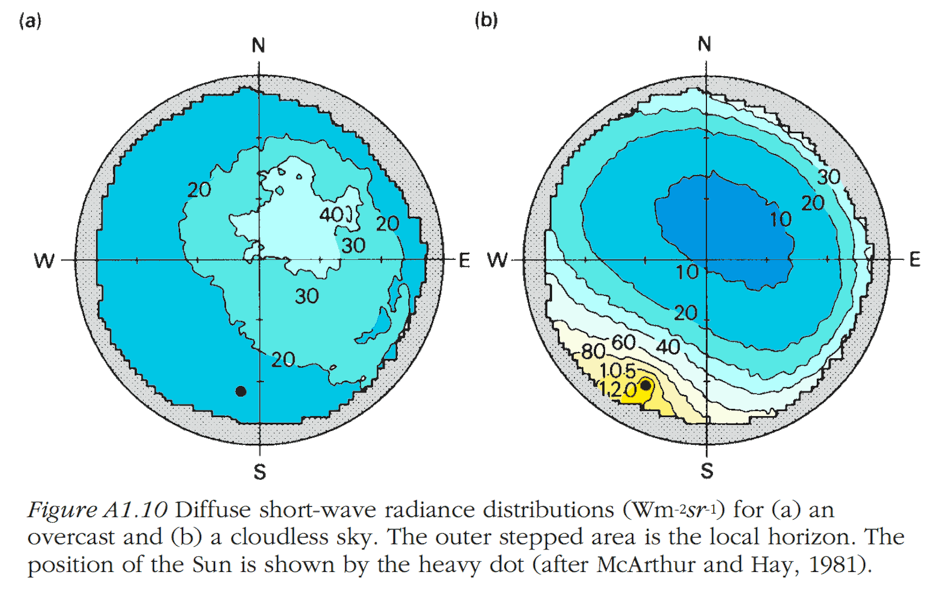
Direct and Diffuse Irradiance
- Direct (S): comes directly in parallel rays from Sun.
- Diffuse (D): after scattering and reflection by the Earth’s atmosphere and nearby objects.

Measuring Solar Irradiance
- Pyrheliometer
- Measures direct irradiance
- Pyranometer
- Measures direct+diffuse irradiance
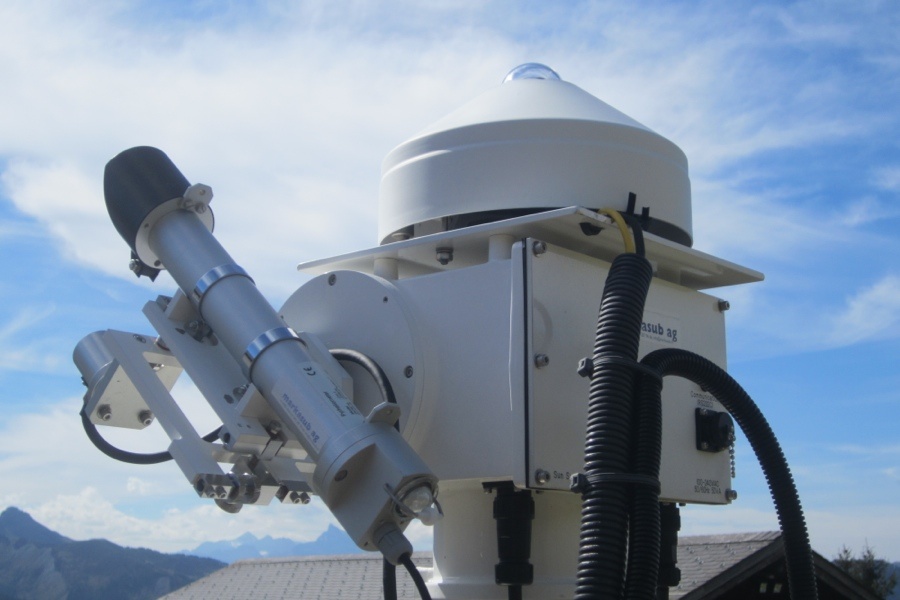
Measuring Solar Irradiance
- Diffusometer
- Measures diffuse irradiance because shaded

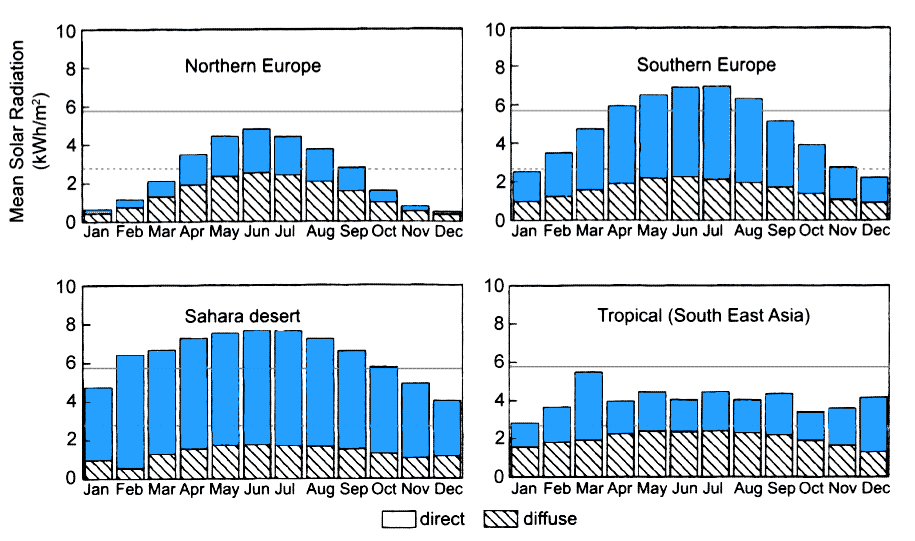
Distribution of direct and diffuse radiation
Summary of Terminology
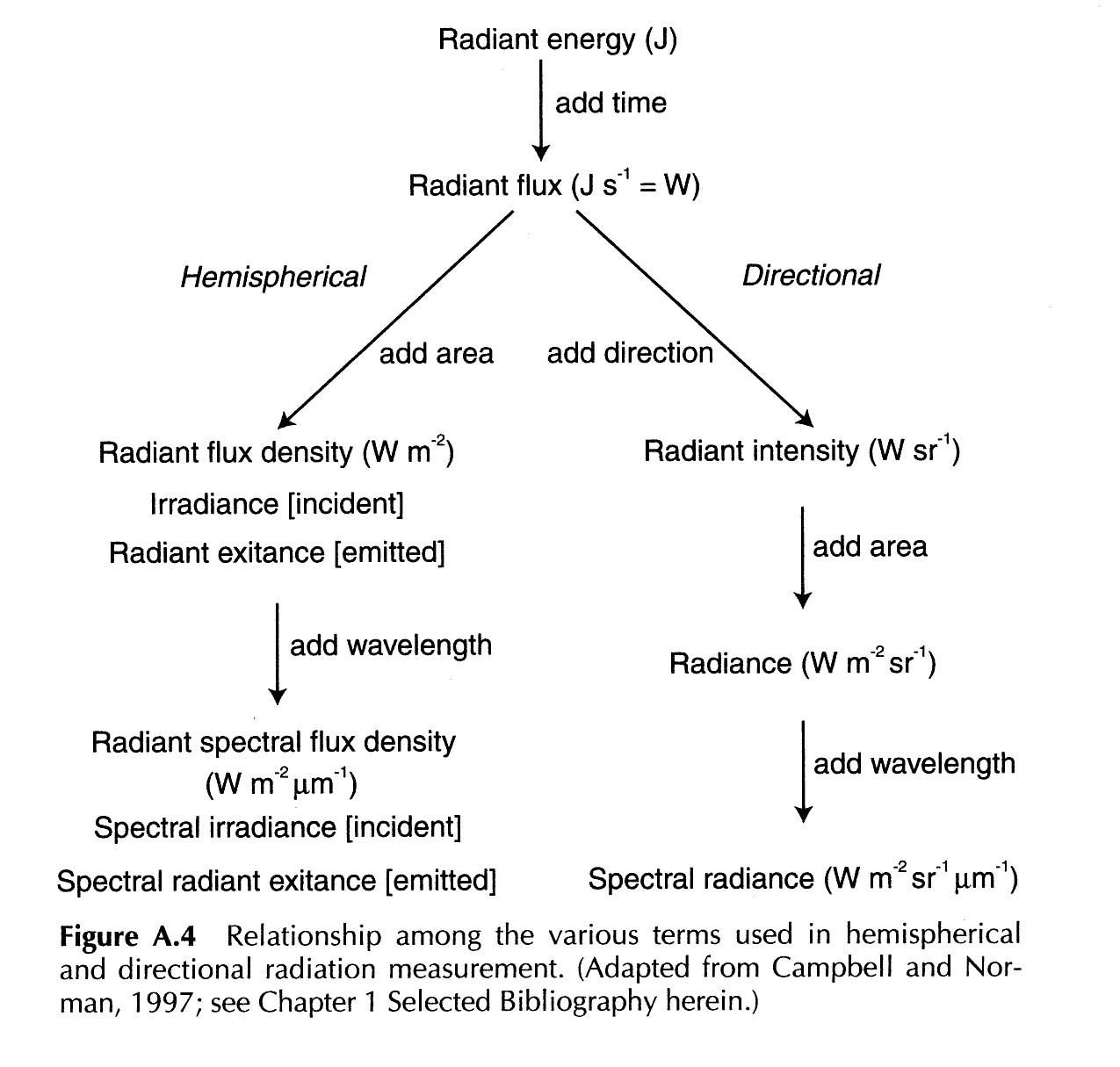
Relationship among the various terms used in hemispherical and directional radiation measurements (Adapted from Campbell and Norman, 1997)
Calculation of \(SW_\downarrow\) - slab approach
Bulk transmissivity of the atmosphere (\(\Psi_a\)) depends on turbidity of the air (scattering + absorption) and path length trough the atmosphere.
\[ SW_\downarrow = I_{ex} \Psi_a^{m} \qquad(2)\]
where
\[ m = \small\frac{1}{\cos(Z)} = \small\frac{1}{\sin(\beta)} \]
- \(\Psi_a\) varies from about 0.9 (clean) to 0.6 (dirty, smog)
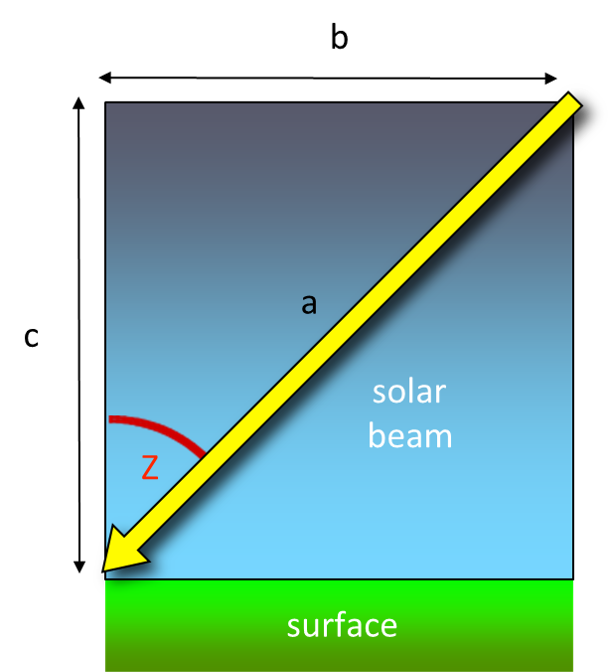
Test your knowledge (iClicker)
Assuming that \(I_ex\) is 450 W m-2, \(\Psi_a\) = 0.84, and Z = 57.3 \(^\circ\), what is \(SW_\downarrow\)?
Test your knowledge (iClicker)
Assuming that \(I_ex\) is 450 W m-2, \(\Psi_a\) = 0.84, and Z = 57.3\(^\circ\), what is \(SW_\downarrow\)?
Physically based calculation of \(SW_\downarrow\)
Models attempt (with varying degrees of completeness) to account for all physical processes in the chain:
\(I_0 -> I_ex -> SW_\downarrow^1 -> SW_\downarrow^2 -> SW_\downarrow^3\)
Cloudless, horizontal surface
Cloudy, horizontal surface
Sloping terrain
\(\Psi_a = 0.8\)

\(\Psi_a = 0.58\)
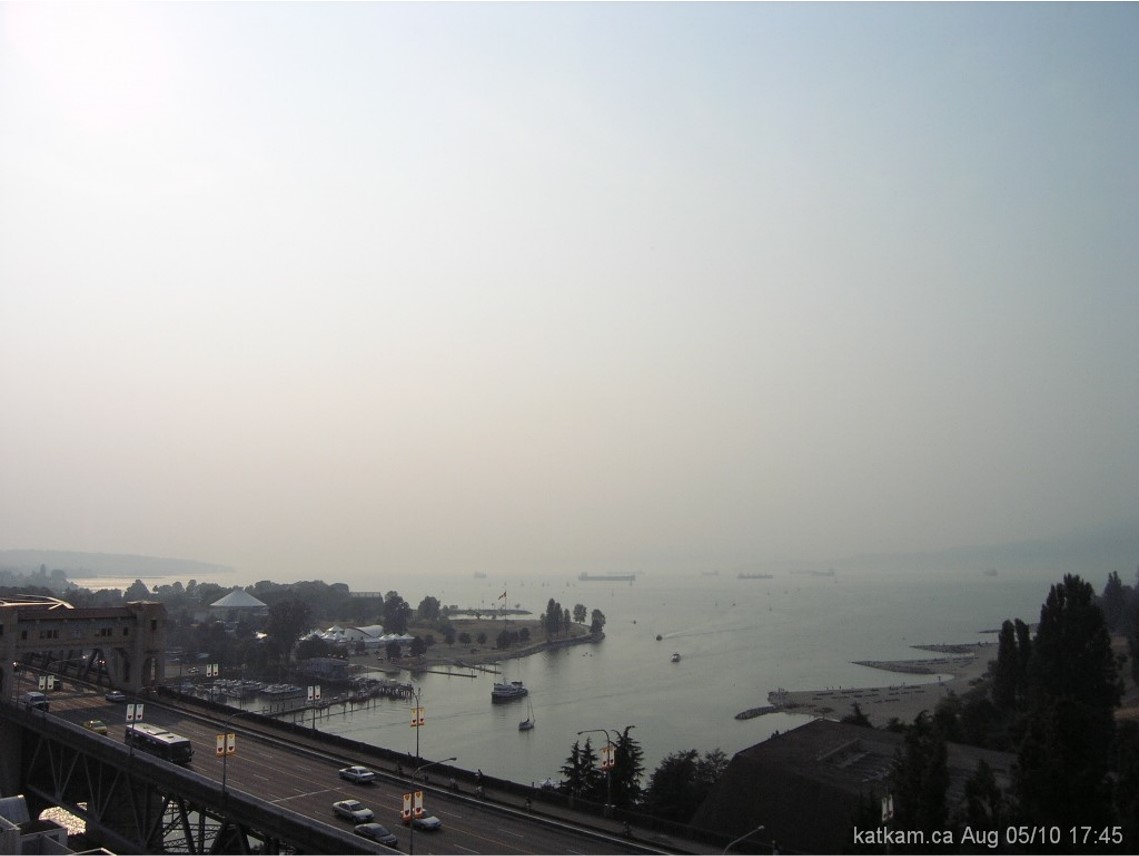
Effect of Forest Fire Smoke
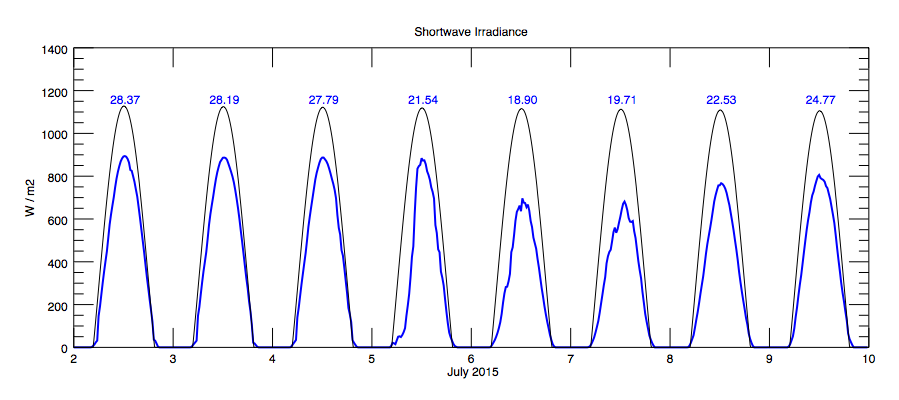
Effect of Forest Fire Smoke
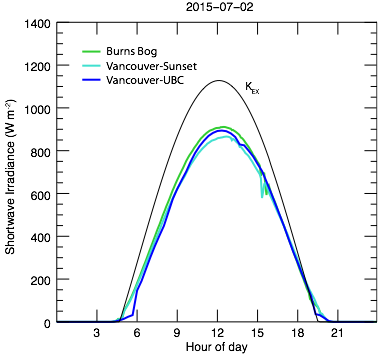
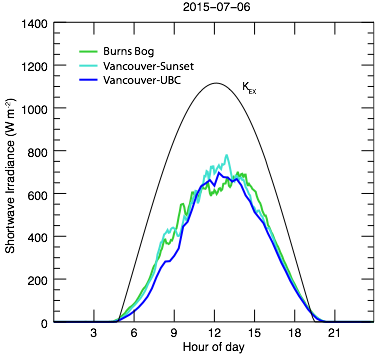
Reflectivity and Reflection Coefficient
Spectral reflectivity \(\alpha_\lambda\) relates to a single wavelength. The reflection coefficient is the average reflectivity across a wavelength band weighted by Irradiance for that band \(\alpha_{\lambda_1 \rightarrow \lambda_2}\)
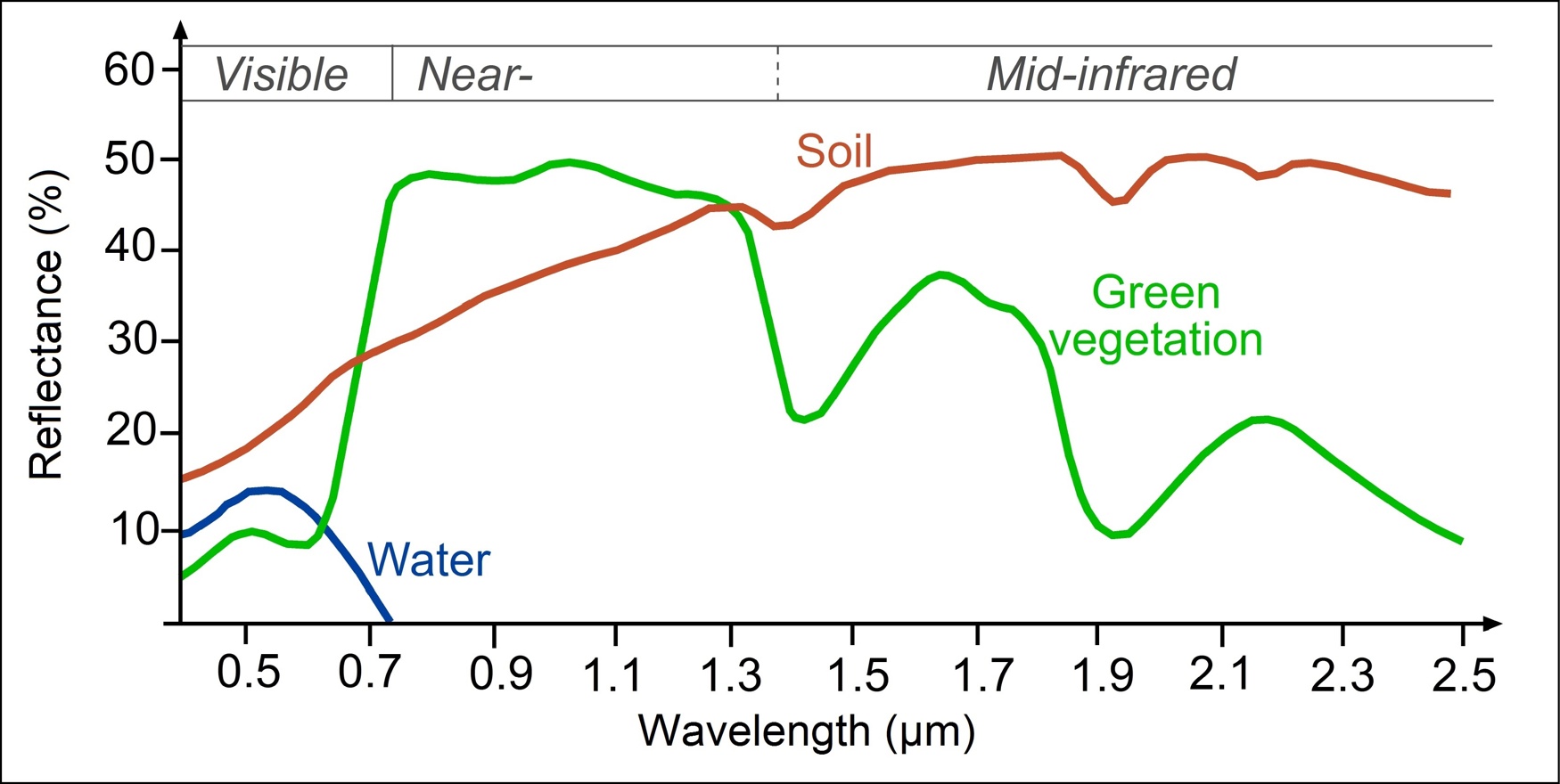
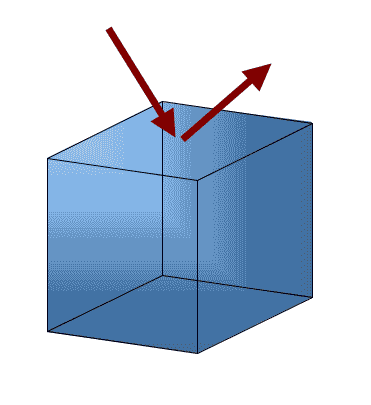
Reflectivity and Reflection Coefficient
\[ \alpha_\lambda = \frac{\lambda_{reflected}}{\lambda_{incident}} \qquad(3)\]
\[ \alpha_{\lambda_1 \rightarrow \lambda_2} = \frac{\int_{\lambda_1}^{\lambda_2}\alpha_\lambda I_\lambda d_\lambda}{\int_{\lambda_1}^{\lambda_2}I_\lambda d_\lambda} \qquad(4)\]
- When \(\alpha_{\lambda_1 \rightarrow \lambda_2} = \alpha_{\lambda\ = 0.15 \mu m \rightarrow \lambda_2 = 3 \mu m}\); we call it surface albedo \(\alpha\).

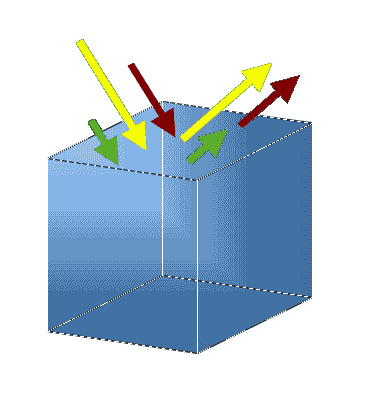
Spectral Reflectivity of a Leaf (iClicker)
What does the highlighted (green) area on the chart below represent?
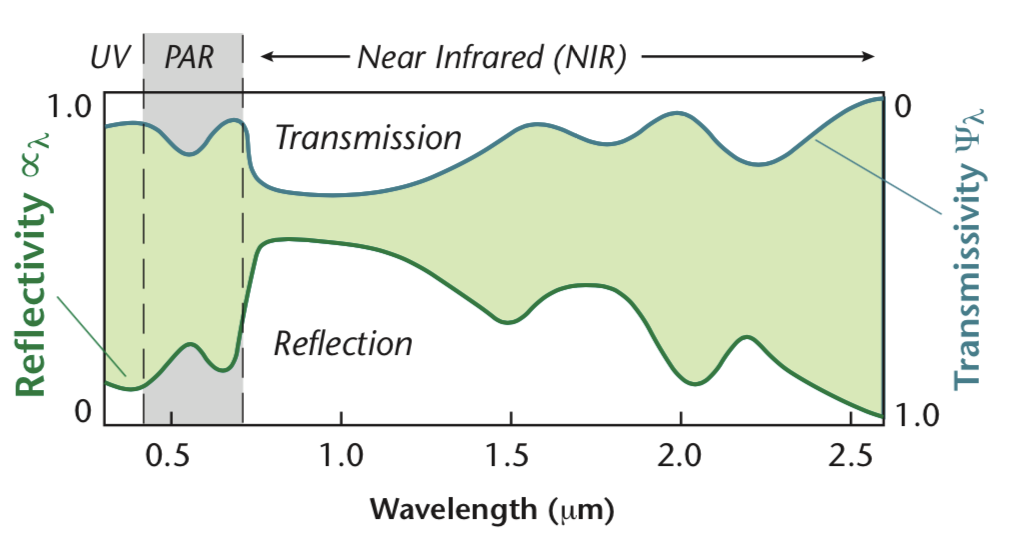
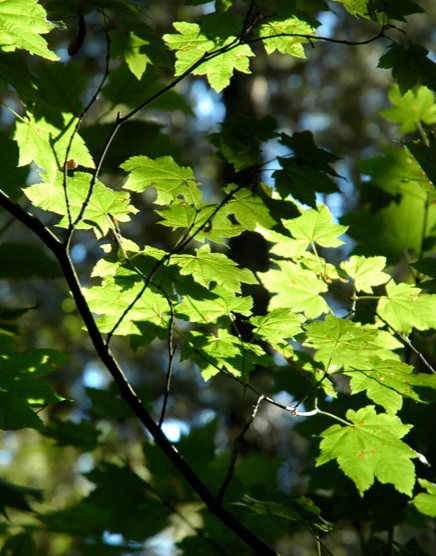
Healthy vs. Unhealthy Vegetation
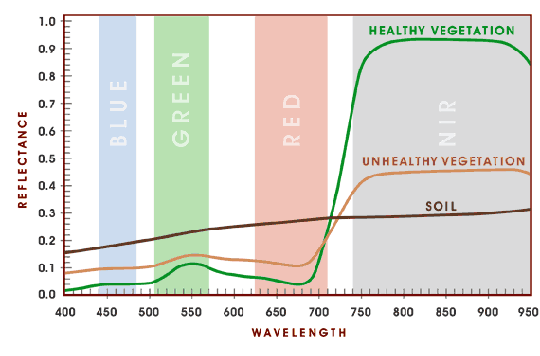
Normalized Difference Vegetation Index
\[ NDVI = \frac{NIR-Red}{NIR+Red} \qquad(5)\]

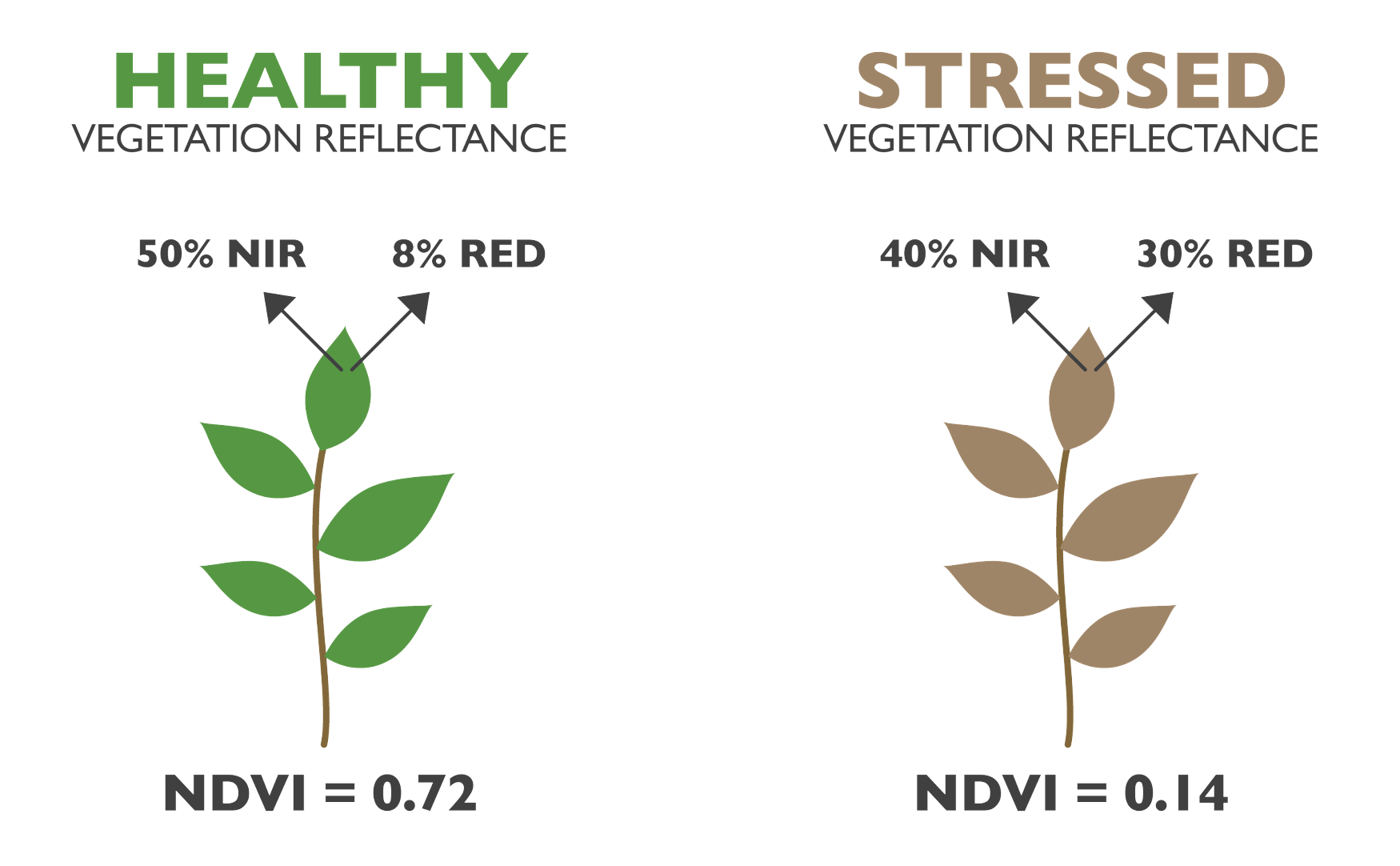
NDVI as an indicator of drought
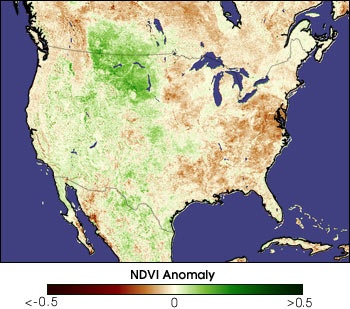
Albedo
The albedo \(\alpha\) can be simply measured as the fraction of incident solar radiation reflected by a surface.
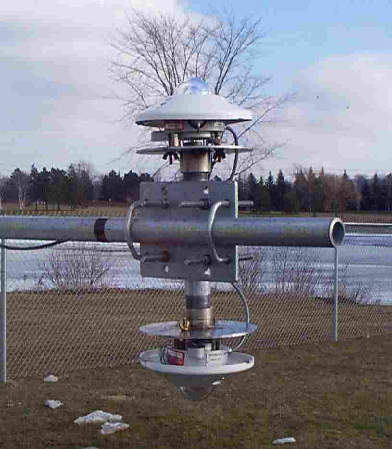
Albedo
The albedo \(\alpha\) can be simply measured as the fraction of incident solar radiation reflected by a surface.

Albedo
Shown are typical values. Individual values vary widely. * for small zenith angles Z only.
- Albedo is a very significant surface variable to microclimate because it controls the absorption of the main source of energy by day.
- Albedo has a strong influence on the climate system. Adjacent surfaces receive the same amount of K↓ but the impact is determined by .
| Surface | X alpha |
|---|---|
| Fresh snow | 0.95 |
| Old snow | 0.40 |
| Short grass | 0.25 |
| Crops | 0.20 |
| Deciduous Forests | 0.20 |
| Coniferous Forests | 0.10 |
| Water * | 0.05 |
Shortwave Reflection Creates Energetic Differences

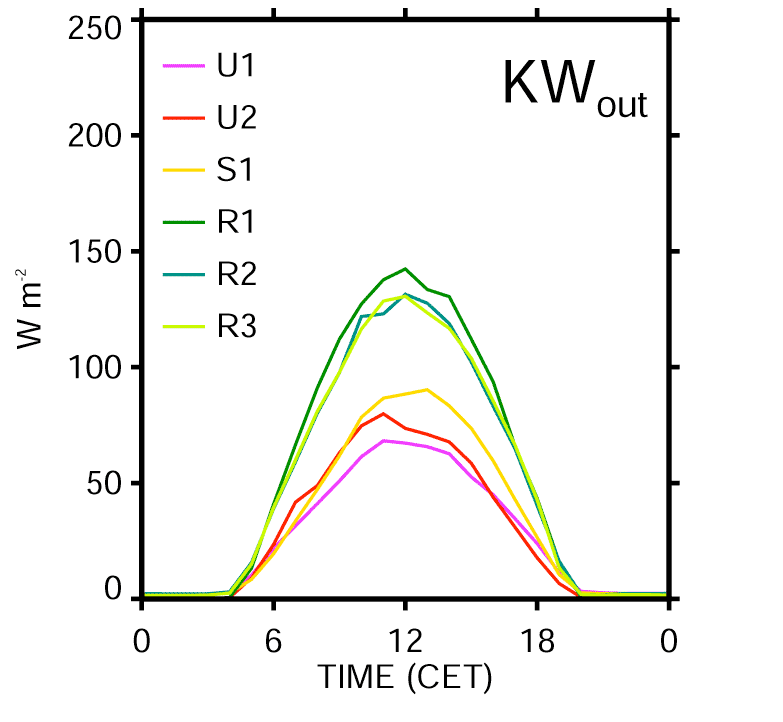
Albedo and Canopy Structure
- Increased “trapping” of solar radiation with increased height/thickness (multiple reflections)
- Individual leaves generally have higher reflectivity than a canopy of the same leaves
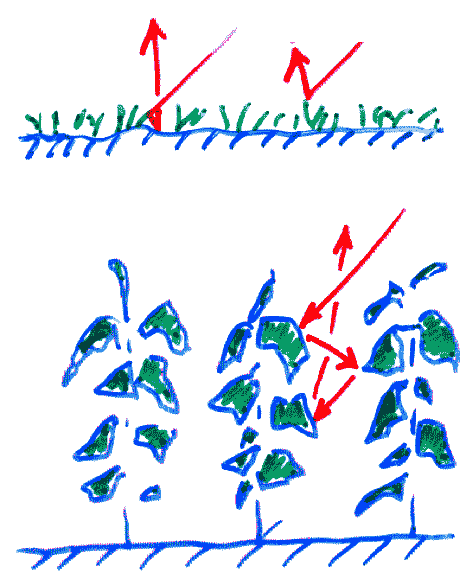
Albedo and Canopy Structure
- Albedo depends on canopy structure
- Increased “trapping” of solar radiation with increased height/thickness (multiple reflections)
- Individual leaves generally have higher reflectivity than a canopy of the same leaves.
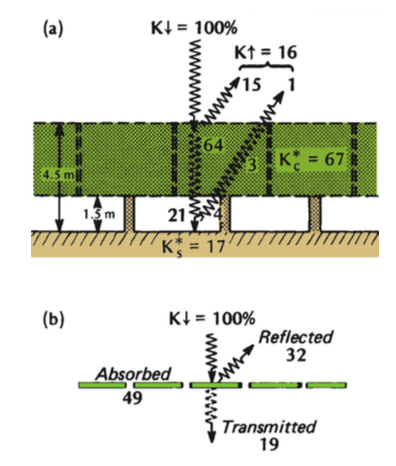
Albedo Depends on Leaf State and Canopy Height
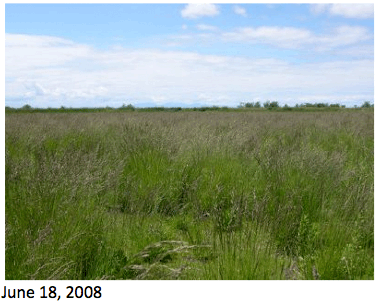

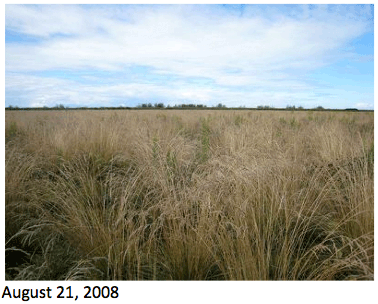
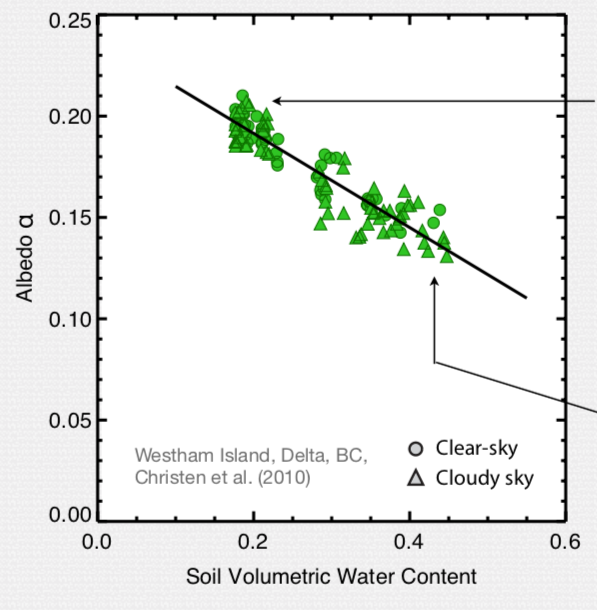
Snow/Ice Cover is a Significant Control


Ice-albedo feedback
Specular and Diffuse Reflection

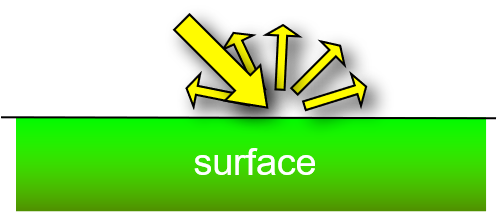
Albedo as a Function of Solar Altitude
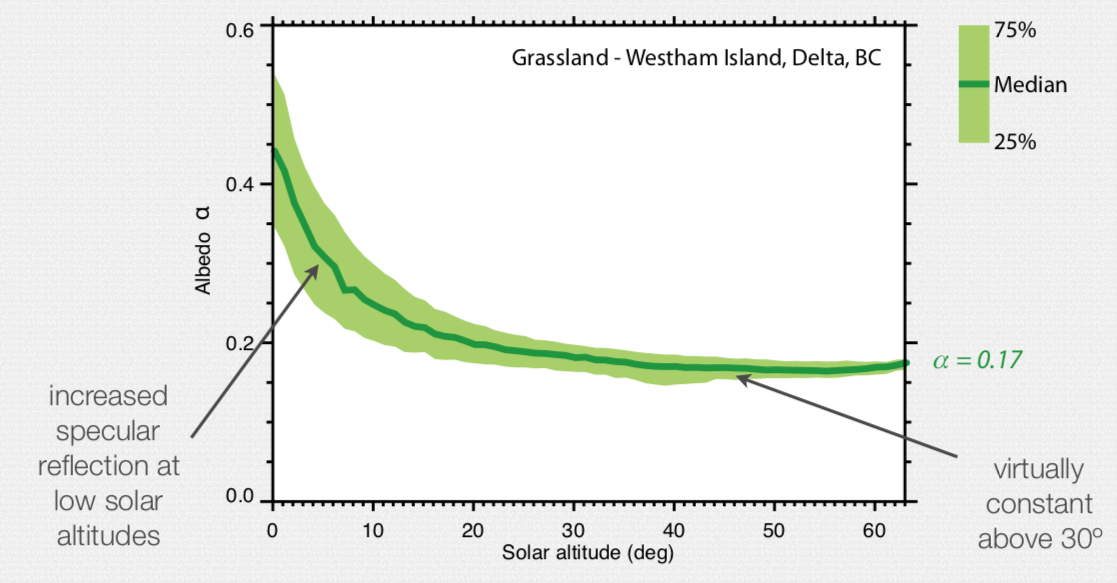
Albedo as a Function of Solar Altitude
- Natural surfaces seem to diffuse for Z < 60°, and increasingly specular as Z → 90°. As a simple model we might use:
\[ \alpha_Z = \alpha_0 + (1-\alpha_0)\exp^{-0.1 Z} \]
- Values in literature usually refer to the mid-day albedo, or albedo calculated from daily totals

Modifying Reflectivity
There are mainly two ways to modify the short-wave radiative surface properties:
- Reflectivity control: Changing the surface color in various wavelengths by painting the surface (e.g. roof-tops), or wrapping the surface in white or dark plastic (agriculture).
- Geometry control: Changing the microtopographic feature of a setting to increase or reduce absorption.
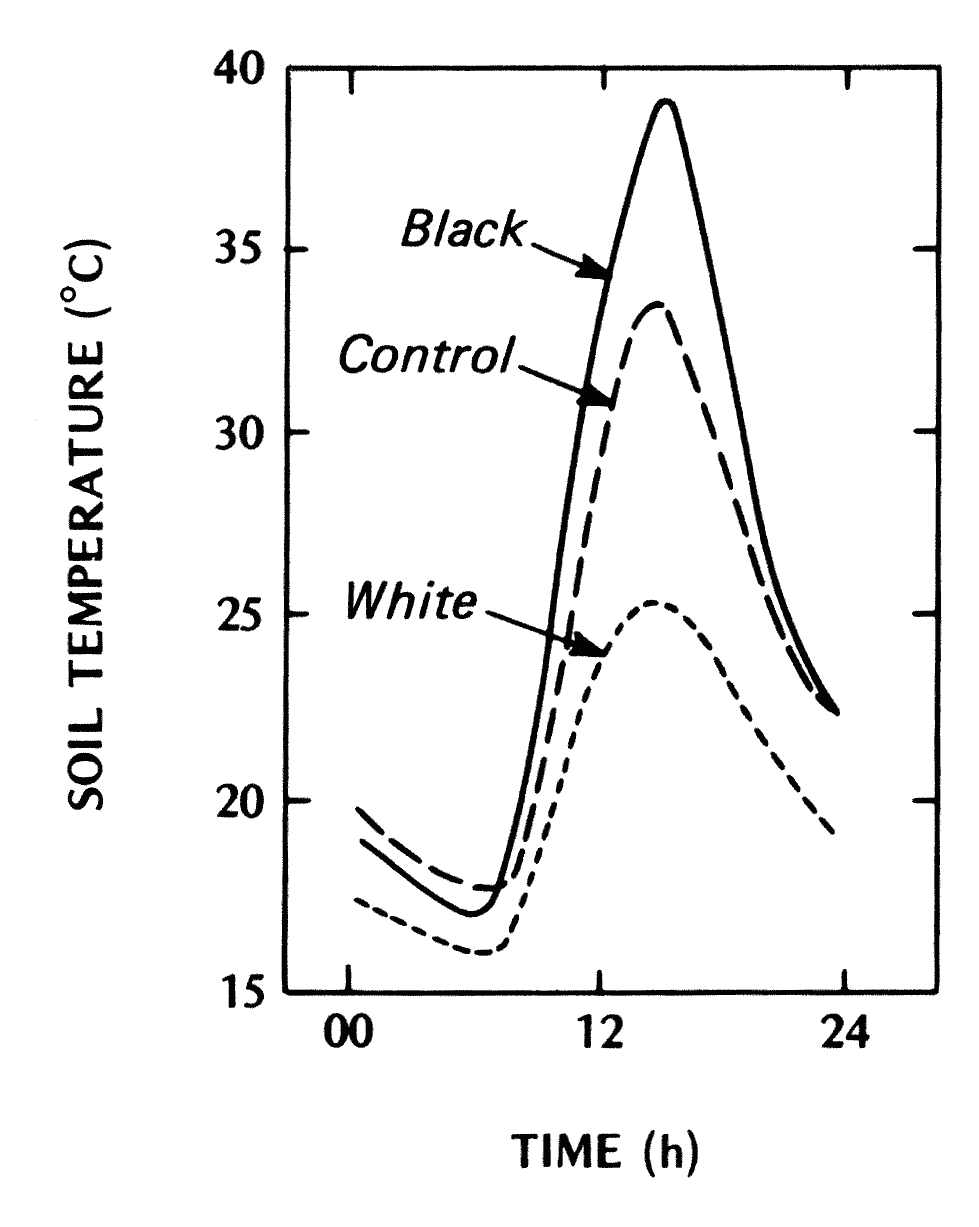
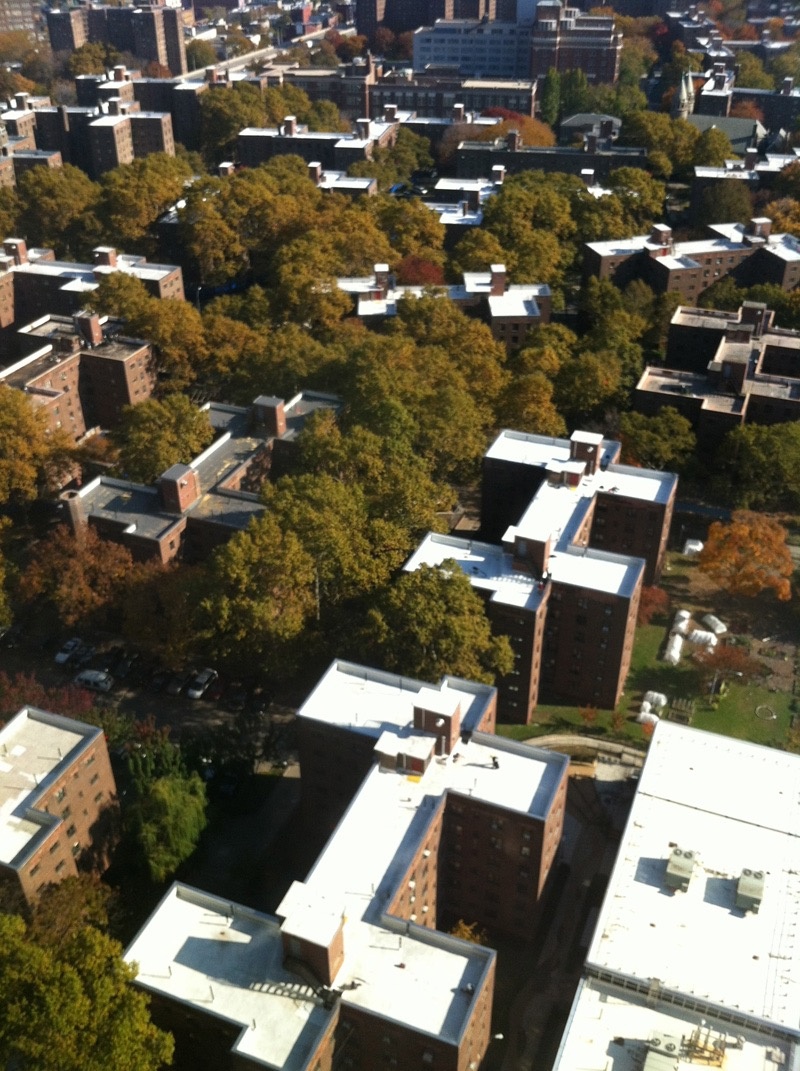
Albedo control

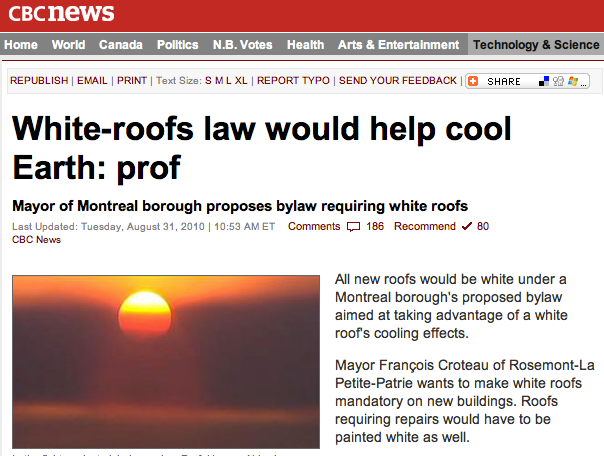

Reflectivity and Geometry Control

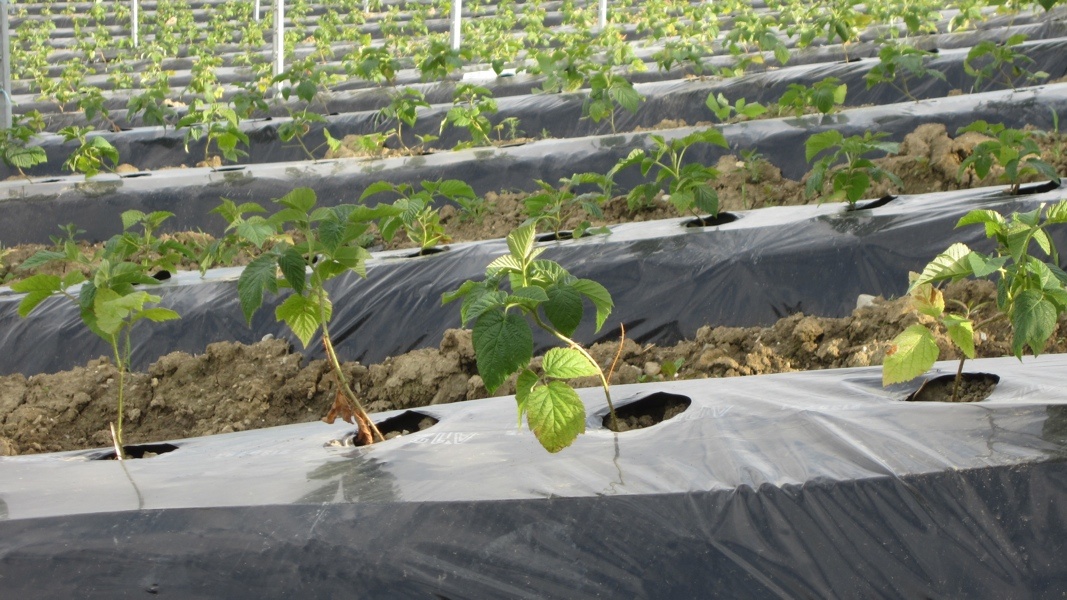
Take home points
- As short-wave radiation passes through the atmosphere, it is reflected, scattered and absorbed.
- At the surface, we therefore experience diffuse irradiance in addition direct-beam irradiance.
- The transmission of direct-beam radiation can be described by a slab approach using a bulk atmospheric transmissivity.
- As short-wave radiation reaches a surface, part of it is reflected - can be quantified by spectral reflectivity and the reflection coefficient (called albedo for short-wave)
- Albedo is controlled by the material, 3D form, the leaf state and the presence of snow.
- Reflection can be specular and/or diffuse - and most natural surfaces become increasingly specular at low solar altitudes.
- Changing the albedo of a surface (material, geometry) is a powerful tool to microclimate modification.